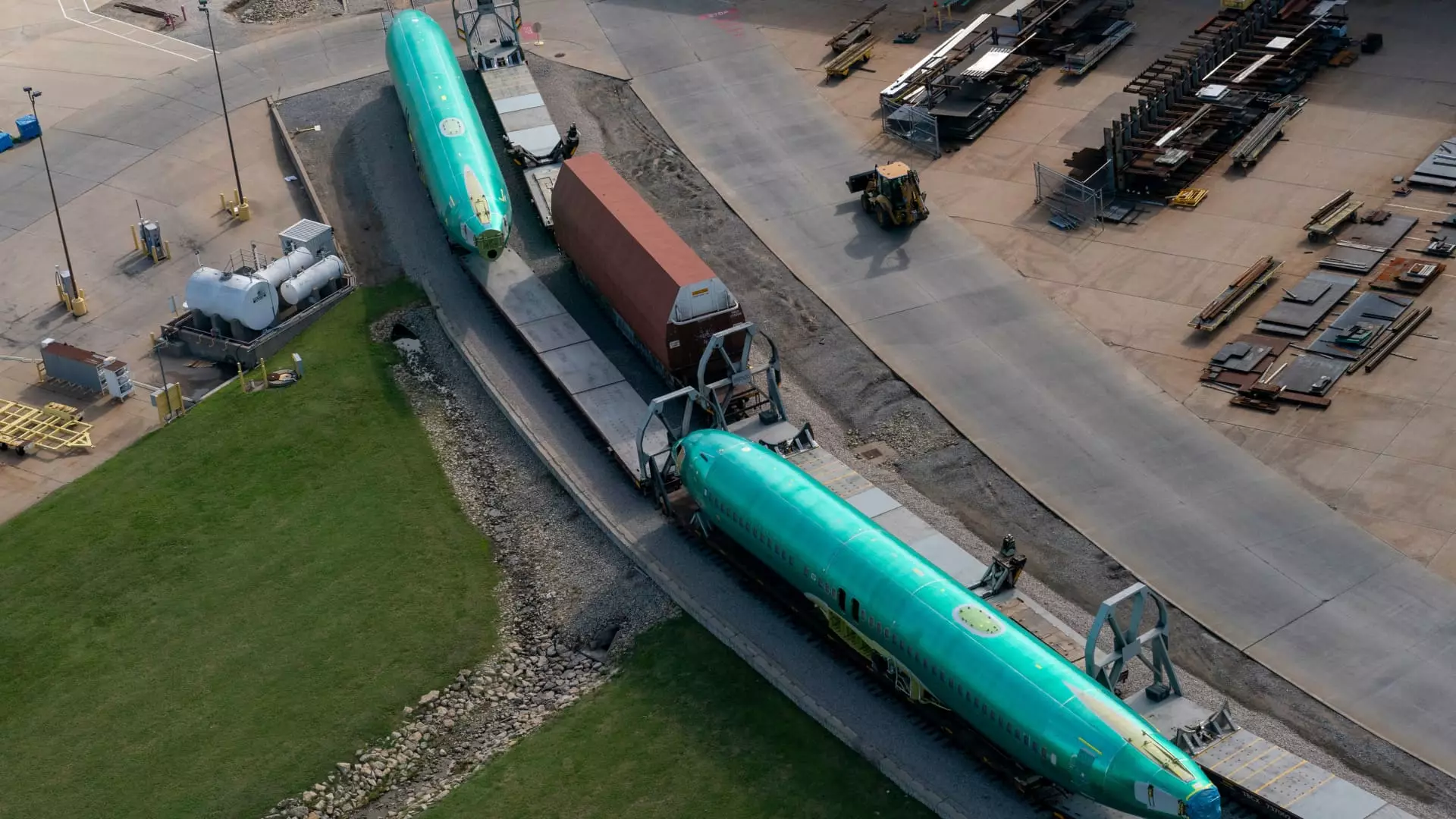The ongoing strike by Boeing machinists, which has reached a critical juncture, is sending ripples through the aerospace industry and raising alarms about its far-reaching implications. Beginning on September 13, over 32,000 machinists in the Puget Sound region and various locations across Oregon have walked off the job, following a significant decision to reject a proposed labor contract by a decisive 64%. This labor stoppage isn’t just a minor disruption; it has halted production across most of Boeing’s aircraft lines, placing immense pressure on the manufacturers and suppliers that depend on Boeing for their livelihoods.
As the strike enters its sixth week, Spirit AeroSystems has found itself at a crossroads, contemplating the furlough or potential layoff of hundreds of employees. The company, a crucial supplier of fuselages for Boeing’s flagship aircraft, including the 737 Max, has already been preparing to furlough about 700 workers at its Wichita, Kansas facilities. With the possibility of the strike extending beyond November 25, Spirit’s management is carefully weighing further workforce reductions. This precarious situation not only reflects the immediate fallout from the strike but also illustrates the broader vulnerabilities inherent within the aerospace supply chain.
This strike reveals the delicate state of the aerospace supply chain, which remains in a slow recovery phase following the disruption caused by the COVID-19 pandemic. Many suppliers, including Spirit AeroSystems, are reluctant to cut staff due to the historical context of workforce rebuilding over the past few years. The increase in workforce numbers was driven by demand surges as the aviation sector sought to rebound post-pandemic. The strike, however, poses a multifaceted threat, as suppliers grapple with cash flow issues. Spirit’s situation is particularly dire; the company highlighted a staggering third-quarter net loss of $477 million—more than double its losses from the previous year. This financial strain underscores the precarious position of numerous suppliers as they navigate these turbulent waters.
Boeing’s new CEO, Kelly Ortberg, is acutely aware of the implications of the ongoing strike, labeling the resolution of negotiations with the Seattle-area machinists as a top priority. The spirit of cooperation from both management and the workers’ union remains crucial in navigating these challenges. A swift return to the negotiating table could pave the way for an agreement that not only prioritizes fair compensation for the machinists but also addresses the pressing concerns of the supply chain, thereby ensuring the resilience of the aerospace industry as a whole.
The path forward for Spirit AeroSystems and its employees hinges on the ability of Boeing to resolve its labor issues. The interconnected nature of the aerospace sector means that the consequences of this strike are widespread, extending far beyond the factory floors of Boeing and its suppliers. If the stalemate continues, Spirit may have no choice but to make hard decisions about its workforce, sharply underscoring the fragility inherent in the recovery of the aerospace industry.


Leave a Reply